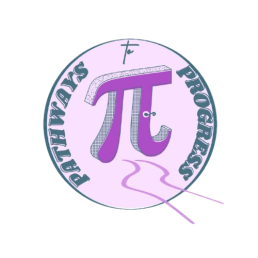11:00
Scaling limits of stochastic transport equations on manifolds
Abstract
In this talk, I will present the generalization of scaling limit results for stochastic transport equations on torus by Flandoli, Galeati and Luo, to compact manifolds. We consider the stochastic transport equations driven by colored space-time noise(smooth in space, white in time) on a compact Riemannian manifold without boundary. Then we study the scaling limits of stochastic transport equations, tuning the noise in such a way that the space covariance of the noise on the diagonal goes to identity matrix but the covariance operator itself goes to zero, which includes the large scale analysis regime with diffusive scaling.
We obtain different scaling limits depending on the initial data. With space white noise as initial data, the solutions converge in distribution to the solution of a stochastic heat equation with additive noise. With square integrable initial data, the solutions of transport equation converge to the solution of the deterministic heat equation, and we give quantitative estimates on the convergence rate.



